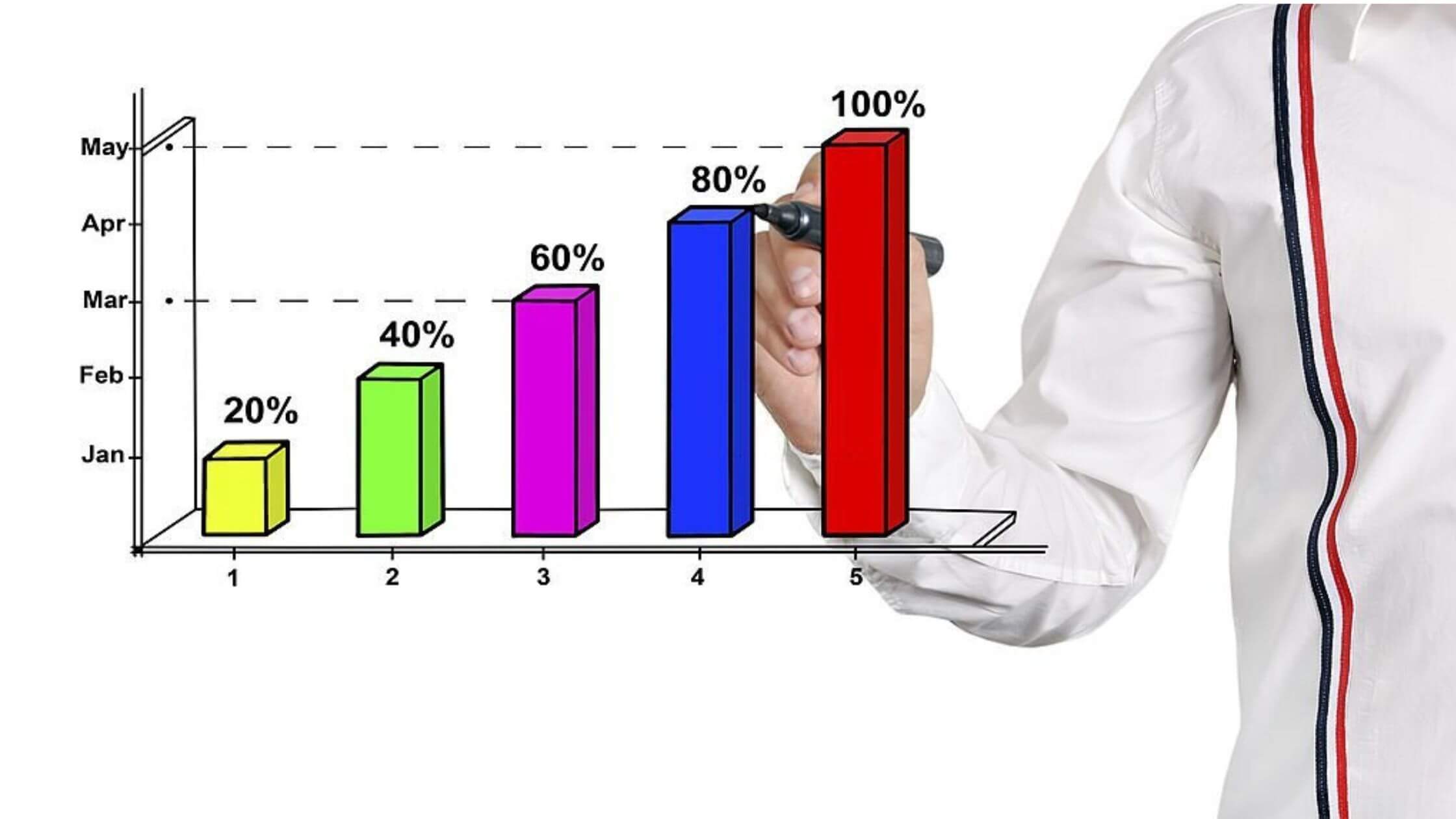
Scatter Diagram
What is a Scatter Diagram?
A scatter diagram is a visual tool used in project management and quality control to show the relationship between two variables. It helps teams identify patterns, trends, or potential correlations that may exist between the variables being studied. Each point on the chart represents a single observation, with two values plotted: one on the horizontal axis and the other on the vertical axis.
Project managers often use scatter diagrams to determine whether changes in one factor influence changes in another. For example, they may use this tool to analyze whether an increase in team size affects project duration. Although the diagram may suggest a relationship, it does not prove that one variable causes the other.
Scatter diagrams are commonly applied during root cause analysis and are part of the Seven Basic Quality Tools recommended by many quality management frameworks.
Key Points
- Project teams use scatter diagrams to explore possible correlations between two numerical variables.
- Each data point represents a pair of values from a single observation.
- The pattern of points may suggest different types of relationships, such as positive, negative, or no correlation.
- It is a diagnostic tool, not a method for confirming cause and effect.
- It supports decision-making by revealing potential trends or issues that require further investigation.
Related Terms
- A control chart can help teams monitor variation in a process over time, and they often use it in conjunction with a scatter diagram for quality control.
- A cause-and-effect diagram identifies root causes of a problem and may prompt further analysis using a scatter diagram.
- A check sheet is a data collection tool that provides the raw numbers often used to construct a scatter diagram.
- A trend analysis may use a scatter diagram to visually support the identification of patterns in performance metrics.
- A regression analysis builds on the findings of a scatter diagram by quantifying the strength of the relationship between variables.
Scatter Diagram: Example
A project manager is investigating whether the number of bugs found in software is related to the number of hours spent on testing. The manager records data over 10 sprints and plots the results on a scatter diagram. The diagram shows a downward trend, suggesting that increased testing time is associated with fewer bugs.
Scatter Diagram: Best Practices
- Use clearly labelled axes to define the variables being compared.
- Collect a sufficient number of data points to identify meaningful patterns.
- Avoid interpreting correlation as causation without further statistical analysis.
- Combine with other tools, such as regression or control charts, for deeper insights.
- Regularly review and update the diagram as new data becomes available.
Additional Resources
Preparing for a PMI certification?
- Exam Prep Courses: PMP®, CAPM®, and PMI-ACP®
- Exam Simulators: PMP®, CAPM®, PMI-ACP®, PMI-PBA®, PMI-RMP®, PMI-SP®, PgMP®, and PfMP®
- Professional Development Units (PDUs): 15, 30, and 60 PDU Bundles




